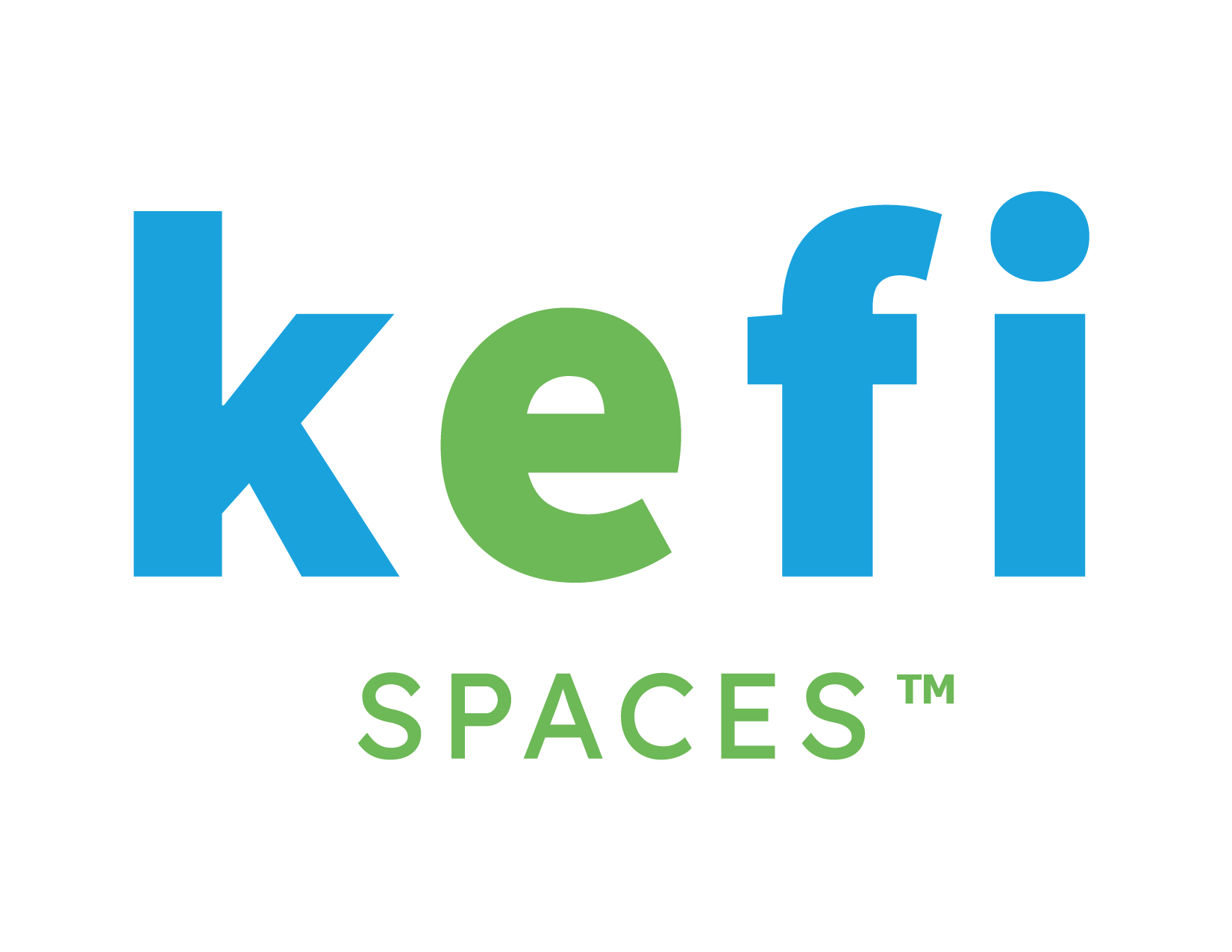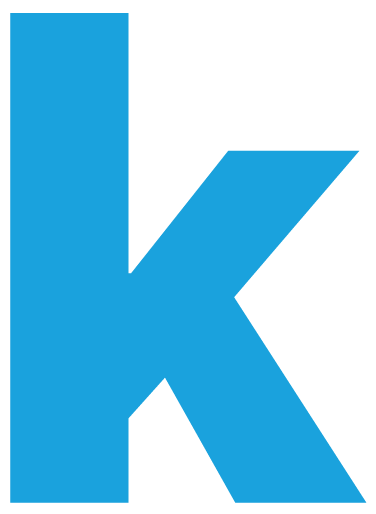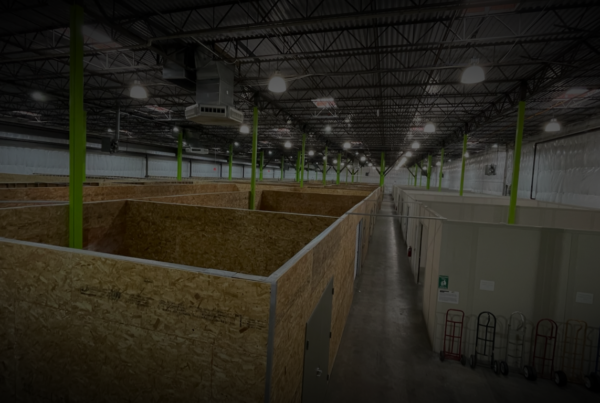Flexibility refers to an organization’s ability to respond effectively to a changing, competitive environment while maintaining or improving its competitive position.
A flexible organization pursues two objectives:
- In the short term, make the best use of available factors to adapt to immediate changes.
- In the long term, facilitate their adaptation to the competitive environment and achieve permanent organizational development.
To achieve these objectives, the organization should be able to modify its resources and activities with the necessary speed and efficiency in the face of changes in the environment, so that the result is more appropriate in the new circumstances as compared to the past.
The four areas in which companies can seek and promote this flexibility are: strategic, organizational, productive, and labor:
- Strategic flexibility refers to the flexibility that the company has in its active participation in the market. It is the point of view of top management; it focuses on the company’s ability to proactively change the nature of its activities or respond quickly to changes in the environment in a way that develops or maintains its competitive advantage. It offers the organization the possibility of modifying or substituting current strategies in terms of adapting and using new technologies or operating in more favorable spaces for business operations.
- Organizational or structural flexibility refers to the possibility for the organization to modify the distribution of tasks, the content of processes, or internal communication channels. Internal borders are blurred: decentralization and coordination between functions and teams are intensified, or generic job descriptions are drawn up, which emphasize the values associated with the position more than specific and predetermined duties. Human resources management has much to contribute, along with managers from other areas, to achieve flexibility in a company.
- Productive flexibility refers to the ability to adapt to production without incurring high costs. It’s oriented to the capacity to produce new products, to change the proportion of each product within the total production, and to vary the volume of production according to the needs of the market.
- Labor flexibility refers to the efficient adaptation of available human resources and works organization to variations in the demand for products and services, as well as product diversification. Human Resources Management is accountable par excellence for developing this form of flexibility within the company.
In summary, bringing together the four areas of an organization can be defined as the capacity for adaptation or response that the organization possesses in the face of current or expected changes in the environment; achieved from a strategic attitude, a productive system, an organizational structure, and a flexible workforce.
The environment for flexibility (in the broad sense of the word) to have a better place can be in an environment such as the one offered by Kefi Spaces, where the business grows as needs arise.








